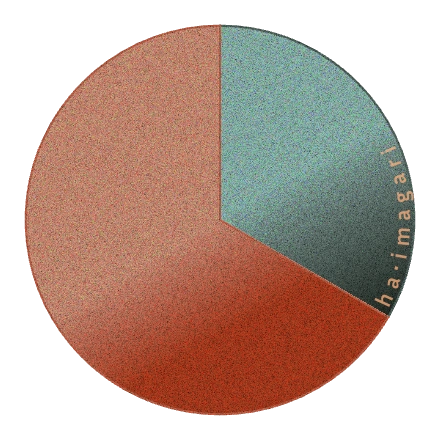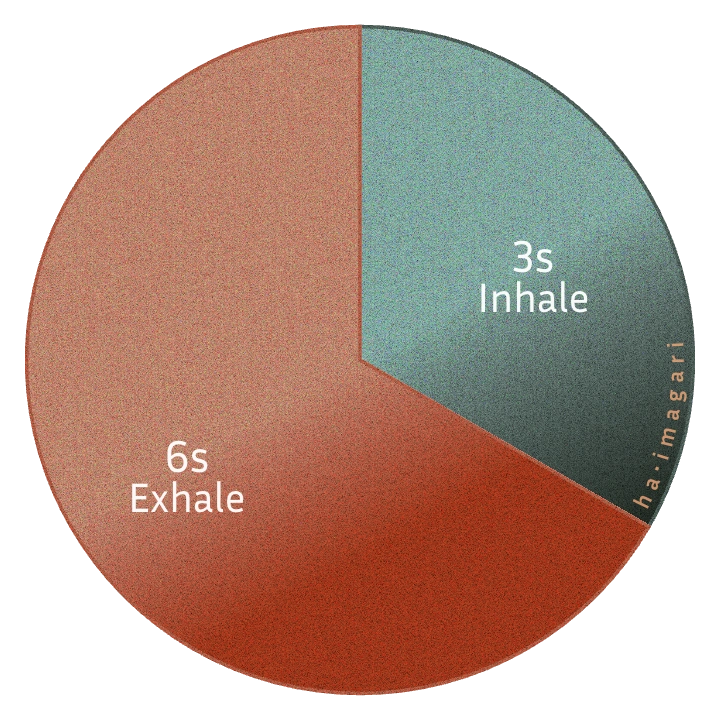Ha Breathing

Overview
Section titled “Overview”Ha Breathing is a vocalized breath technique that uses a forceful exhale paired with the audible sound ha to release pent-up energy, tension, or emotional blockages. It’s simple yet powerful—often used in somatic practices, martial arts, or transformational workshops to liberate energy through voice and breath.
Unlike silent breathwork, Ha Breathing integrates sound and intention, making it feel both physical and cathartic. It’s especially effective when you’re carrying emotional heaviness or need to shake off stagnation.
| Phase-by-phase | Time | How |
|---|---|---|
| Inhale | 〜3s | Naturally, deeply, through the nose |
| Exhale | 〜6s | Vocalizing “Ha!” strongly through the mouth |
The exhale should feel sharp but not strained, and the “ha” sound should come from the diaphragm—not the throat.
Effects & Benefits
Section titled “Effects & Benefits”- Releases emotional or energetic tension
- Activates the core and diaphragm
- Promotes confidence, self-expression, and grounding
- Can help move stuck emotions (especially anger or grief)
- Creates an immediate felt sense of presence and power
When practiced with intention, Ha Breathing becomes a form of emotional alchemy—turning stress into energy and clarity.
Getting Started
Section titled “Getting Started”Stand with feet hip-width apart (or sit upright), shoulders relaxed.
- -Inhale 3sDeeply through your nose
- -Exhale 6sPowerfully with an audible “Ha!” pushing from your belly
- -Repeat5–10 breaths and pausing between rounds

imagari.me/ha
Let your arms, hands, or body move naturally if helpful.
Use physical grounding (like stomping or a strong stance) if you want a more embodied effect.
When to Use
Section titled “When to Use”- When feeling frustrated, anxious, or emotionally stuck
- As a preparation for meditation, performance, or public speaking
- To shake off fatigue or sluggishness
- During emotional release work or after a triggering event
- As a daily reset ritual—alone or in group settings
You can vary the volume and intensity depending on your needs. Some versions are quiet and inward, while others are loud and expressive—almost like a primal shout.